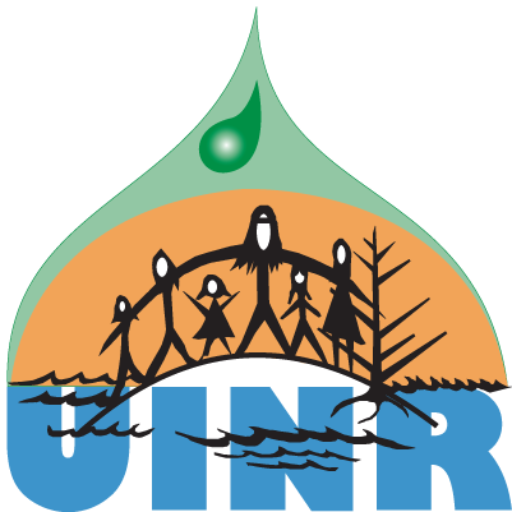Early records estimate that over a thousand marten lived in Unama’ki in the late 1800s. For many years considered to be extinct here, we now know that there are considerably less than 100 martens in Unama’ki. A combination of over-trapping and loss of forest habitat forced the remaining marten into remote areas of the Highlands and Victoria County. The population has been isolated from the mainland for some 10,000 years.
 The Nova Scotia Marten Recovery Team has partnered with industry, scientists, stakeholders, and government agencies and may soon begin releasing 30–50 marten over the next three years in an attempt to re-establish and provide some genetic diversity to the native population. Initial releases will take place near wilderness areas and the Cape Breton Highlands National Park.
The Nova Scotia Marten Recovery Team has partnered with industry, scientists, stakeholders, and government agencies and may soon begin releasing 30–50 marten over the next three years in an attempt to re-establish and provide some genetic diversity to the native population. Initial releases will take place near wilderness areas and the Cape Breton Highlands National Park.
The American marten (Martes americana) has chocolate brown fur and orange coloured throat and chest. Its long slender body, short limbs, broad feet, and sharp claws make the marten well adapted for climbing trees and travelling across the forest floor. In winter, the soles of its feet are densely furred allowing for easy movement through snow.
Analyses of marten habitat in northern Cape Breton indicate that, currently, there are at least 30 patches of suitable habitat. An additional 25 home ranges, through forest succession, are possible by the year 2030.
The project will be evaluated through the different stages of capture, transport, holding, and release to determine if changes in protocol are necessary after each year of release, and two, five, and ten years after releases have been completed. These evaluations should look at: whether the target of 90-150 translocated animals was met, whether mortality rates were acceptable, if released marten helped to link the separate sub-populations, if the population is increasing into lowland areas, and if there an indication that there is a free-living, viable population of marten on Cape Breton Island two, five, and ten years after release.
